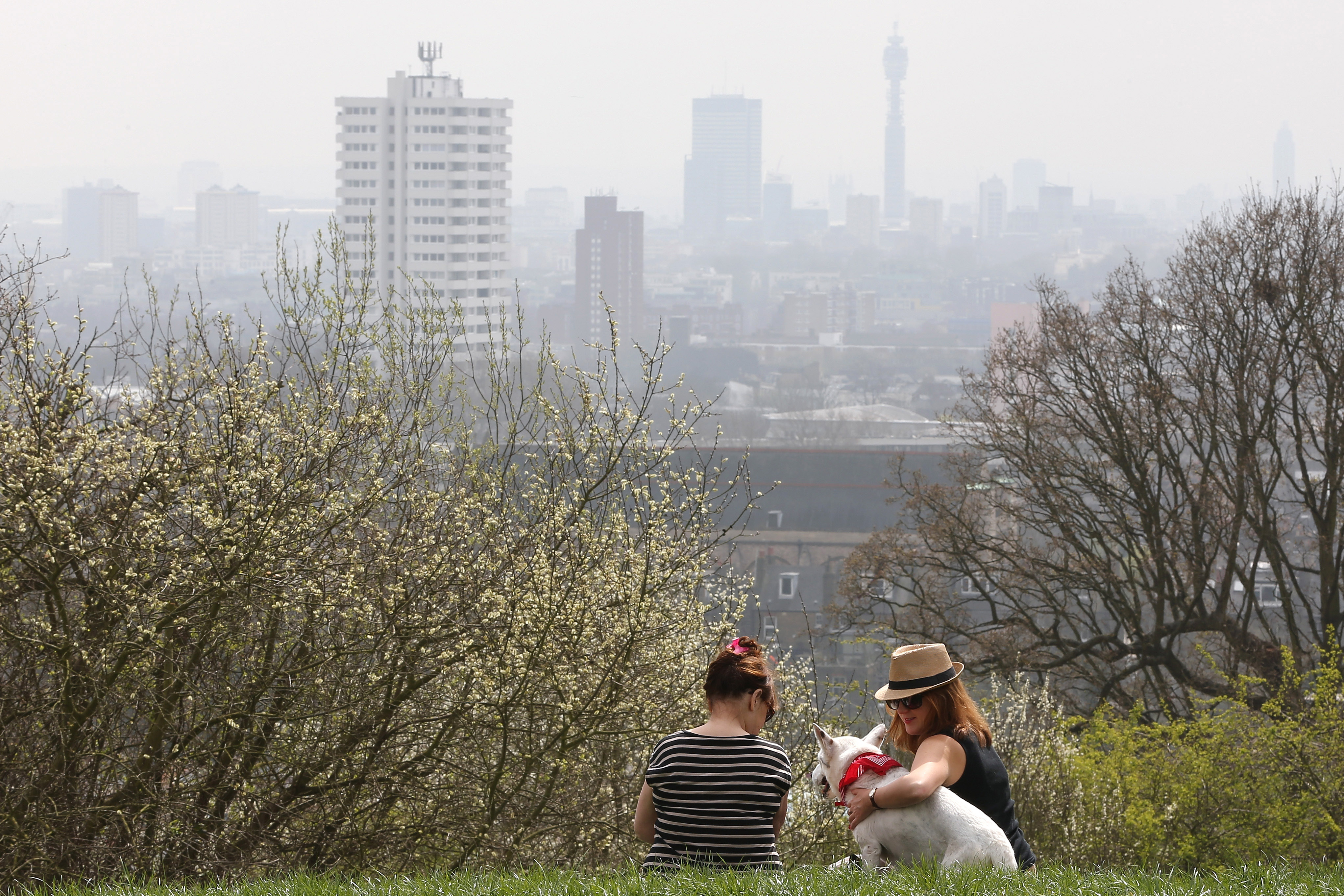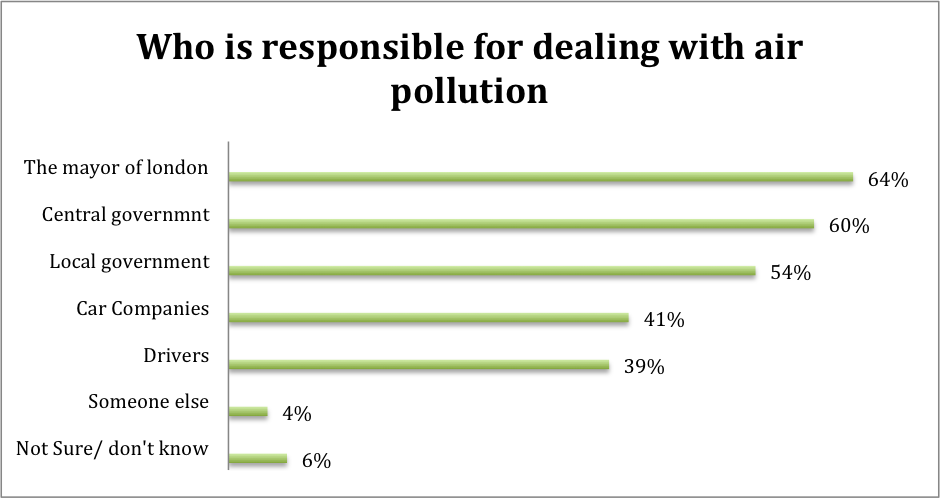Poll: London drivers support clean air zone

A majority of Londoners are either extremely or very concerned about air pollution levels in the city, according to a new poll.
The poll also revealed that approximately half the respondents were in favour of clean air zones, a figure that rose to 62%, once the concept was explained further – including a majority of car owners.
Clean air zones would tax drivers of more polluting vehicles entering the city.
The survey conducted amongst 1,000 individuals by nfp Synergy, comes ahead of mayoral elections in which air pollution has been a key issue.
The reported research was sampled by questioning 1,000 Londoners from the 23rd, until the 28th March (2016).
Citizens were asked to choose two feasibly perceivable solutions for air pollution that related to means of transport. Interestingly, the most popular choice amongst respondents was the introduction of ‘clean air zones’ (50%), where high polluting vehicles would be taxed. The second most popular option was better public transport (49%). . Incentives to preserve money were also paralleled in the second most popular option, which was better public transport (49%).
In combination with taxable zones, public transport would reflect a cheaper and more sustainable commute. Solutions such as certain bans on diesel cars, and cycling provisions proved to be less popular, as they only had a 30% and 24% turnout, respectively. 55% of people either said they wouldn’t participate in a car sharing scheme or weren’t sure.
Parental concerns
On average, individuals under the age of 45 proved to be more concerned (65% were extremely, or very concerned) about air pollution. Respondents with children living at home were especially interested in the effects of air pollution levels.
Ironically, car ownership was highest (81%) amongst those who claimed to be more concerned, such as parents of children who live at home and were under the age of 18.
Overallmiddle-aged respondents were amongst the most motivated to improve air pollution in London, especially amongst those with children, and individuals in high managerial professions (56%).
When it came to the impact of air pollution symptoms were reportedly experienced most by the age group 25-44, which was especially high amongst women (46%). Hence, the younger lines of generations are most heavily affected and aware of environmental damage.
Responsibility for air pollution was largely directed towards decision-making institutions such as Governmental bodies, and the Mayor of London (mostly amongst over 35s). Car companies and drivers were given less of the blame.


